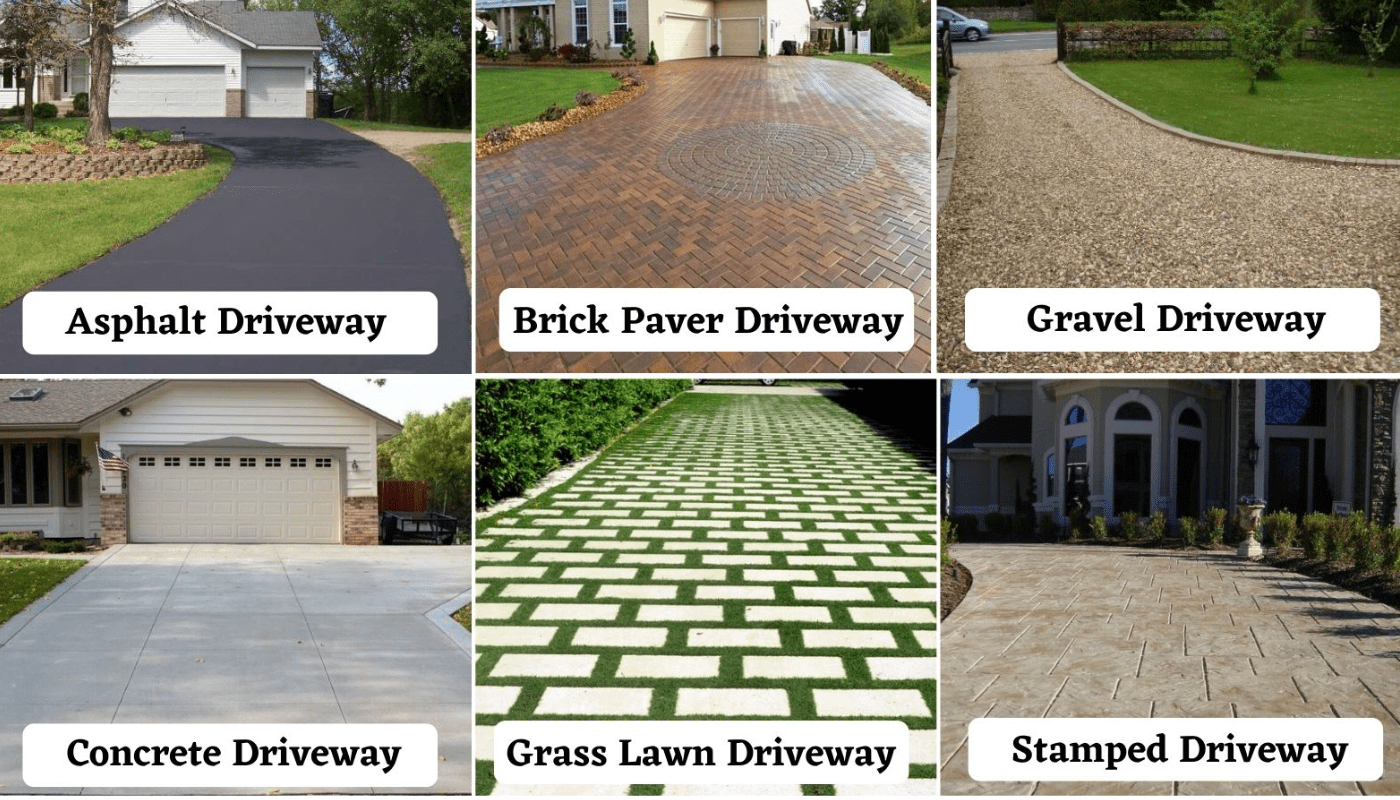In the Golden State, where the sun shines aplenty and the climate varies, your driveway is a statement piece in your landscape. This comprehensive guide offers expert tips on caring for your new driveway, considering California’s unique climate, and making informed choices on materials and maintenance.
Understanding Your Driveway in California’s Climate
California’s diverse weather demands special attention to your driveway. Knowing the material of your driveway and the weight of vehicles it will bear is crucial.
Initial Curing Period
- Standard passenger vehicles (up to 4,000 lbs): Wait at least 7 days.
- Mid-sized vehicles (4,000 to 10,000 lbs): Wait at least 10 days.
- Heavy vehicles (above 10,000 lbs): Wait at least 14 days.
Avoid Sharp Turns and Sudden Braking
Especially during hot summer days, avoid sharp turns or sudden stops for the first month to prevent scuffing and indentations.
Walking Guidelines for Newly Replaced Driveways
During the initial curing period, it’s important to minimize foot traffic as much as possible. Heavy or repetitive walking on the surface can cause premature wear, leave imprints, or disrupt the curing process. Limit pedestrian access to the driveway, especially if you have children, guests, or service providers who may unknowingly cause damage. Consider using protective covers or temporary walkways to provide a barrier between the fresh surface and foot traffic.
Material Choices for California’s Climate
Choosing the right material for your driveway is essential in California.
Concrete
Concrete is durable but can be prone to cracking in fluctuating temperatures. Consider using reinforced concrete with control joints to allow for expansion and contraction.
Pavers
Pavers are versatile and allow for expansion and contraction, making them ideal for California’s varying climate.
Gravel
Gravel is permeable and can be an eco-friendly choice, reducing runoff and allowing groundwater recharge.
Regular Driveway Maintenance in Dry Conditions
California’s dry climate requires specific maintenance practices.
Sealcoating
In California, UV rays can be harsher. Apply a UV-resistant sealant 6-12 months after installation, and then every 2-3 years. Sealants with reflective properties can also reduce heat absorption.
Cleaning
Regularly sweep and clean stains using mild detergent. In dry conditions, dust can accumulate quickly.
Crack Repair
Monitor for cracks, as dry weather can cause the ground to shift. Use flexible crack fillers that can withstand temperature fluctuations.
Winter Care in California
California’s winters are milder, but still require attention.
Shoveling
In the rare event of snow, use a plastic shovel instead of metal.
De-icing
Avoid de-icing products with ammonium nitrate or ammonium sulfate. Sand is rarely needed but can be used for traction.
Conclusion:
Your driveway design is an integral part of your landscape in California. Making informed choices on materials, understanding the unique climate, and adhering to maintenance practices will ensure your driveway remains beautiful and functional for years to come.
Ready to give your driveway the care it deserves? Contact our team of experts for personalized advice and services tailored to California’s climate. Let’s work together to make your driveway the envy of the neighborhood!

